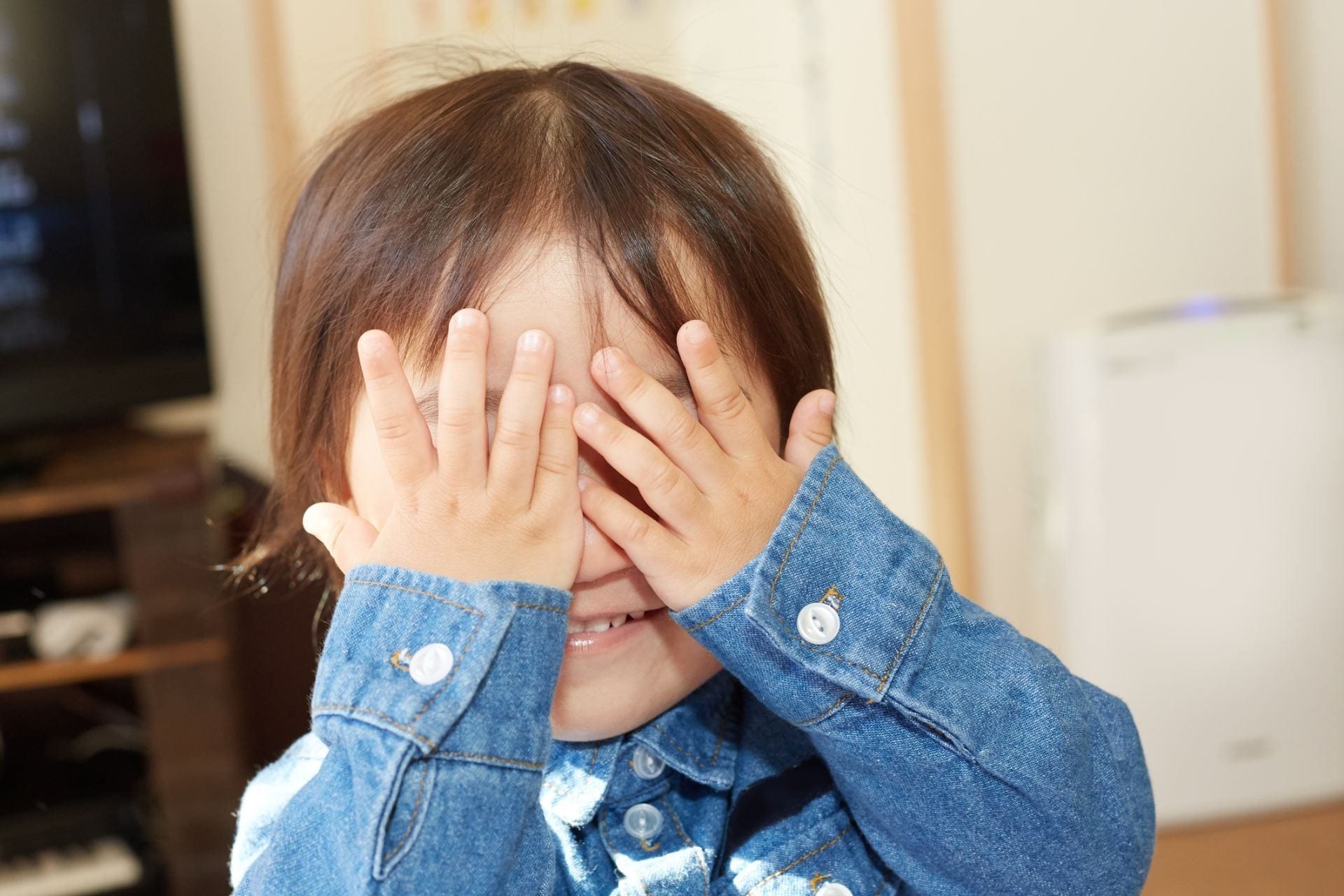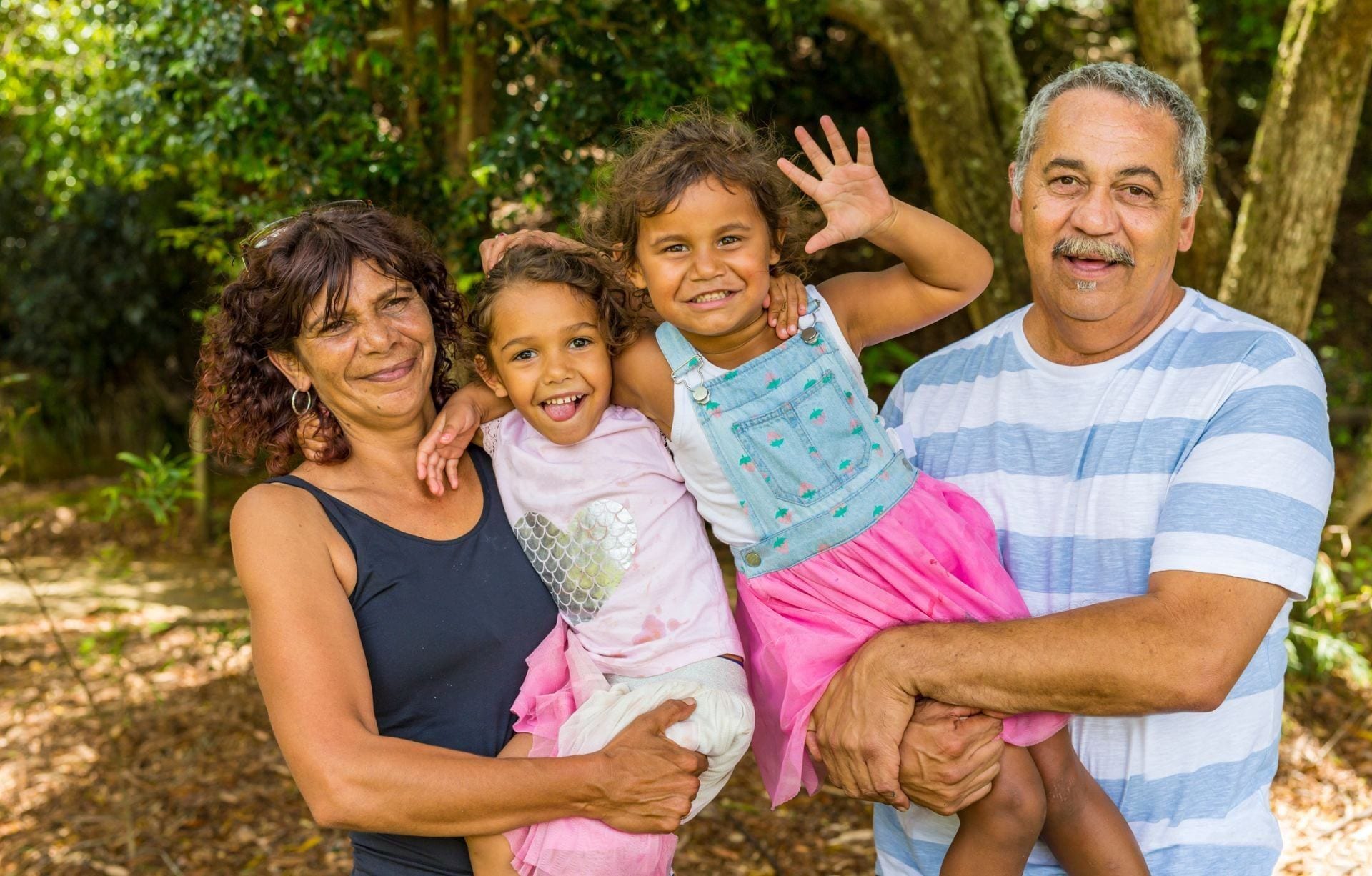Birth to Level 2
Home » Numeracy at home » Birth to Level 2
Activities:
Cooking, Are we there yet?, Reading, Shopping, Out and About, More opportunities, Games
For very young children
You can bring out the numeracy in playing peek-a-boo.
- When a baby plays peek-a-boo, they seem to enjoy doing and then undoing, over and over again. This involves the ideas of: constancy (that an object always comes back); negation (doing then undoing); pattern repetition; concepts like together and apart as well as more or less; and position (for example, in and out, under and over, behind and in front, near and far, and so on).
- Sing nursery rhymes with children that draw out numeracy.
- Give a young child some containers and something appropriate to put in them, e.g., a toddler could use water in the bath or sand in the sand pit, and an older child might use or pasta or rice; Involve a young child in setting up many situations throughout the day where the basic idea is ‘one for each person’ (one-to-one correspondence). With practice and growing confidence, this could be extended to three for each person, or eventually, one shared between three people.
- ‘Two’ is an important mathematical idea. It is first learned at a time long before a child hears the name for the number. Children seem to like and understand pairs, and some are fascinated with doubling.
In the video below, we see Ruby and Jackson singing a nursery rhyme with their grandparent Helene.
Three fat sausages and similar nursery rhymes reinforce developing number sense in a fun and engaging way.
Cooking
- Collect cooking and preparation tools
- Talk about the recipe/ingredients using terms like more, less, how many, how much
- Count the pieces of food for each person
- Set the table, copy a model setting
- Ask children to estimate or calculate while cooking
- Prepare and share out food – “two for me and two for you”. Ask, “How many for each of us?”
Julieann describes the potential for developing numeracy through cooking in the video below
The following video shows Ruby and Jackson cooking cupcakes with their parent, Julieann.
The video highlights the numeracy opportunities cooking offers. Can you identify other numeracy opportunities in the video and your own cooking experiences?
Are we there yet?
- Mark important dates on a calendar
- Discuss what time you should start getting ready
- Time how long it takes to travel to different locations
- Estimate how long it takes you to:
- brush your teeth?
- drive to the store?
- get dressed
- jump up and down 10 times?
- Investigate how long it is to your children’s birthdays (in months, weeks, days or hours)
- List your daily schedule. What time do you get up? What time do you go to school?
- Find our arrival time if it is, for example, 10 am now and it will take us 30 minutes
Reading
Children’s literature is a perfect way to incorporate mathematics. Stories may include timelines, maps, problem-solving, geometry, chance and measurement:
- Highlight everyday words “under”, “over”, “between”, “around”, “behind”, “up”, “down”, “heavy”, “light”, “round”, “circle”, “yesterday”, “tomorrow” in books you read;
- Conduct a shape and number search when reading a book;
- Highlight numbers in the story – count objects, the number of pages and look at the page numbers; and
- Roll the dice to find out how many books (or chapters) you read with your child before bed
For suggestions for books that can be used to stimulate numeracy thinking and talk, see, for example, 16 picture books about math to inspire curious kids.
The Premier’s Reading Challenge website has a book list which provides a broad range of books which are organised in year levels. Although they do not include specific numeracy related suggestions, they provide a great resource for selecting appropriate reading material for your child’s age group.
Shopping
When shopping, engage children in some of the following experiences:
- Take a specific item from the shelf
- Ask, “What shapes can you find?”
- Guess the total number of items in your supermarket trolley
- Estimate and weigh the fruit and vegetables
- Compare a range of different prices to determine which is the most or least expensive
- Use cash to provide your child with the experience of receiving and counting the change
- Estimate how many bags you will need to carry your groceries
- Notice shapes and use mathematics vocabulary (rectangular prisms instead of boxes)
Out and About
- Take turns closing their eyes and describing how to get from the front gate to the kitchen, from the kitchen to their bedroom
- Dance to their favourite song/music
- Play “I Spy” with a mathematics focus; e.g., something rectangular and red
- Go on a numeracy walk to look for numbers or shapes, to count objects, compare sizes of objects and look for patterns in your environment. Ask your child to decide what you will look for
- Measure everything! How far can you jump? How long is the desk? How tall are you? How tall is the dog?
- Find and read large numbers in your local environment
- Spot number plates; e.g., numbers in order, double digits, numbers that add to a given total
More opportunities
Family members have children:
- Find shapes and patterns in your house, garden or neighbourhood
- List and explore places you find patterns;
Sort the washing, identifying pairs, colors and owners then counting to find who had more washing - Count; e.g. the number of steps to the car, the number of forks on the table, the number of grapes on your plate. And, when you’re ready, skip count by twos;
- Collect coins in a jar: Sort them into groups
- Provide a variety of plastic containers to encourage prediction: how many small containers will be needed to fill a larger one?
- Gather various cans, boxes and round objects: Discuss how some have corners, some roll and some stack
- Read information displays: e.g. traffic signs and signals, clocks and timers, maps, dials, graphs, meters, speedometer, and odometers.
Games
Family members have children:
- Build with blocks
- Thread beads to make and explore patterns
- Fold and cut out paper shapes
- Colour in patterns, keeping
colors apart, mixingcolors - Play guess and check games (use different shaped jars) – how many beans, buttons, pegs in the container?
- Work together on jigsaw puzzles and discuss your method: e.g., Collect the pieces with straight edges
- Play card games; e.g., Snap, Go Fish, Find the Pair
- Play games: e.g., Hop-Scotch, Snakes and Ladders, Connect 4, Noughts and Crosses, Checkers. Is there a strategy?



